Hello。Kawaraban Japan! This is Hanachirisato。very soon、2024year is over、A new year - 2025 is coming.。In your country or region of origin、どのような年末年始を迎えますか?
日本では、In a typical household, after cleaning the house before New Year's Eve,、In parallel with decorating for the New Year,、正月には欠かせない「おせち料理」を作る、Or prepare by purchasing、On New Year's Eve (31st), we had Toshikoshi Soba.、The end of the year is quietly approaching。
just、日本以外の国の方々には「『おせち料理』って何?」「何でわざわざ『おせち料理』なるものを用意するの?」など、I think there are many things we don't understand...。
There、今回は特に日本の「おせち料理」の歴史や由来について、Its origin and development process、We would like you to understand the meaning behind each dish.、I will explain in detail。
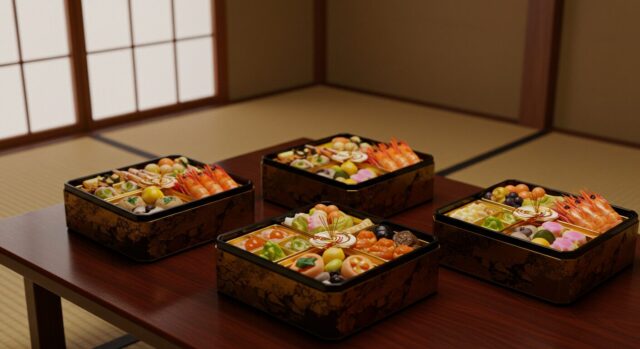
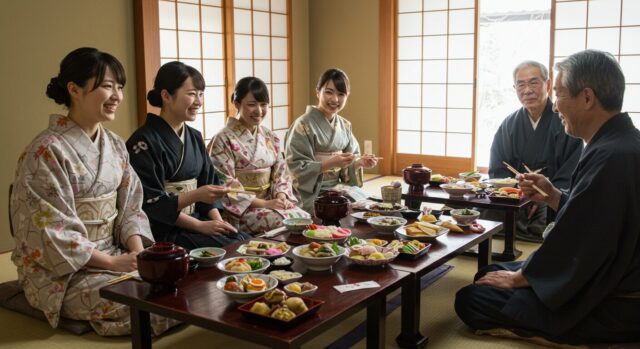
Origin and history of osechi cuisine
1. origin:弥生時代
おせち料理の原型は弥生時代(紀元前10世紀頃~紀元後3世紀中頃)にはできていたと言われています。Rice cultivation was introduced from China、A custom was born to thank God for the harvest.。この収穫感謝の儀式が「節供(せちく)」と呼ばれ、This became the prototype for later Osechi cuisine.。
2. Heian period:宮中行事としての発展
奈良時代から平安時代(紀元後710年~1185年)にかけて、“Sekku” became established as an imperial court event.。Especially during the Heian period、1月1日(元日)や5月5日(端午)などの「五節会(ごせちえ)」と呼ばれる重要な節目の日に、神様への供物として「御節供(おせちく)」が用意されました。By the way、The cuisine of this period is、It was served high in a bowl rather than in a box.。(The format of serving high in a bowl is、Now、It can be seen at events held by the Imperial Family and various shrines.)
3. Edo period:庶民への普及
江戸時代(1603年~1868年)になると、The Shogunate celebrates “Gosekku”(Goseku) was established as an official holiday.。Due to this influence、``Osetsuku'', which was a court event, spread to the common people as well.。In particular, New Year's Day is considered the most important festival.、"Osechi" has become established as a New Year's dish.。From around this time、Each ingredient has come to have an auspicious meaning.、The current shape has begun to take shape.。
4. After the Meiji period:重箱文化の定着
江戸時代末期(1853年~1868年)から明治時代(~1912年)にかけて、Osechi dishes are now packed in jubako boxes.。Jubako has the meaning of ``overlapping felicity''.、There was also an emphasis on the shelf life of the food and its gorgeous appearance.。
5. modern:多様化するおせち
戦後になると、The name ``Osechi'' spread.、Not only can you make it at home、Now available for purchase at department stores and mail order。Coupled with the diversification of each household,、The cuisine is a mix of Japanese and Western cuisine, and is suitable for small groups.、A wide variety of new osechi dishes are now available to suit modern lifestyles.。
Typical New Year dishes and、料理に込められた意味
おせち料理には、Each dish has an auspicious meaning.。Below are typical dishes and their meanings.。
- 黒豆:「まめに働く」「健康で勤勉に」という願い。
- 数の子:子孫繁栄を象徴。
- 田作り(ごまめ):五穀豊穣や商売繁盛を祈願。
- 紅白かまぼこ: 紅は魔除け、白は清浄を表し、祝いの象徴。
- 伊達巻:巻物に似た形から、学問や文化の発展を願う。
- 栗きんとん:黄金色から金運上昇を祈る。
- エビ:腰が曲がるまで長生きすることを象徴。
- 鯛:「めでたい」に通じる縁起物。
- 紅白なます:祝い事に用いる紅白の水引にあやかる。平安と平和を願う縁起物。
おせち料理の作り方とポイント
おせち料理は、Designed to last for a long time、Preparations are generally completed at the end of the year.。below、How to make some standard dishes and、I would like to introduce the point、If you want to take on the challenge, please use this as a reference.。
黒豆
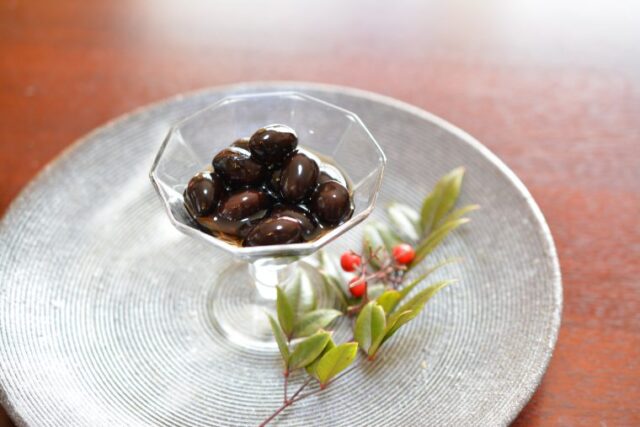
材料(4人分)
- 黒豆:300g
- water:黒豆の5~6倍量
- 砂糖:150~200g
- soy sauce:大さじ2
- salt:少々
How to make:
- 黒豆を洗い、水に6時間以上浸けます(市販の蒸し黒豆を使用すると時間が短縮できます。
- 鍋に黒豆、砂糖、soy sauce、みりんを入れ、弱火で20分ほど煮ます。
- 沸騰後、弱火にして2~3時間煮ます。常に煮汁が豆に浸かって染み込むよう、水を足すことと、落し蓋を使用するのがポイント。
- point: 甘く煮る際、煮汁から豆が出ないように落し蓋を使うと、シワの寄らない美しい仕上がりになります。
栗きんとん
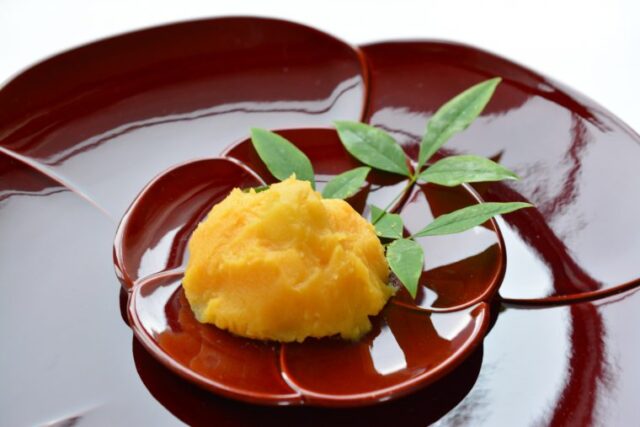
材料(4人分)
- さつまいも:300g
- 栗の甘露煮:適量
- 砂糖:大さじ3~4
- みりん:大さじ1
- くちなしの実:1個
How to make:
- さつまいもの皮を厚めにむき、水にさらしてアク抜きします。
- 鍋にさつまいも、くちなしの実、水を入れて柔らかくなるまで煮ます。
- さつまいもを裏ごしし、砂糖とみりんで甘く煮ます。
- 栗の甘露煮を加えて、完成です。
- point:さつまいもの皮を厚めに剥き、くちなしの実を使用することで綺麗な黄金色に仕上がります。
伊達巻
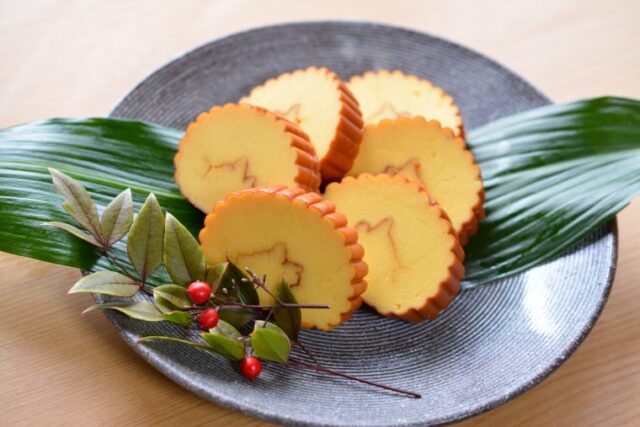
材料(4人分)
- 卵:5個
- はんぺん:100g
- 砂糖:大さじ3
- みりん:大さじ1
- soy sauce:小さじ1
How to make:
- 材料を混ぜる
はんぺんを適当な大きさに切り、卵、砂糖、みりん、薄口醤油と一緒にフードプロセッサーで滑らかになるまで混ぜます。 - 焼く
卵焼き器やオーブン対応の型に油を薄く塗り、生地を流し入れます。弱火でじっくり焼くか、オーブン(180℃)で約20~25分焼きます。 - 巻く
焼き上がったら熱いうちに巻きすで巻き、形を整えます。冷めたら完成です。
- point:オーブンを使うと均一に焼け、巻きすで形を整える際は粗熱が取れるまで触らないようにするのがコツです。
紅白なます
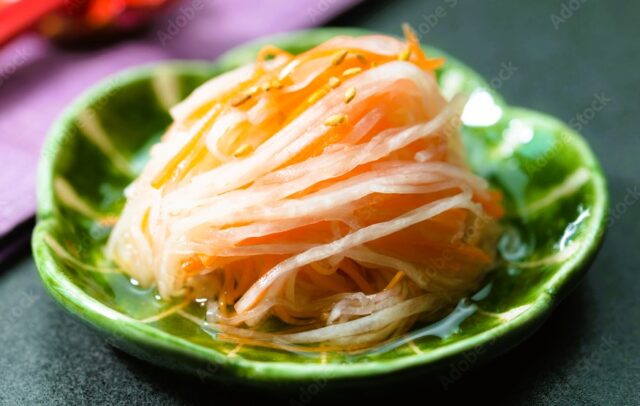
材料(4人分)
- 大根:200g
- にんじん:50g
- salt:小さじ1/2
- 酢:大さじ3
- 砂糖:大さじ2
How to make:
- 野菜の下ごしらえ
大根とにんじんの皮をむき、繊維に沿って細い千切りにします。塩を振って軽く揉み、10分ほど置いて水気を絞ります。 - 調味料を合わせる
酢と砂糖を混ぜ合わせ、下ごしらえした野菜に加えてよく和えます。 - 味をなじませる
冷蔵庫に少し置いて、味をなじませたら完成です。
- point:大根と人参を薄く切り、三杯酢で和えるだけで簡単に作れます。冷やすと味がなじみやすくなります。
「おせち料理」を深く知るためには
- 歴史を理解する
おせち料理の起源や発展の過程を知ることで、なぜ正月に食べるのか、その背景が見えてきます。弥生時代の「節供」から平安時代の宮中行事、江戸時代の庶民文化へどのように広がったか、学んでみるのも良いと思います。 - 料理の意味を知る
各料理に込められた願いや意味を調べることで、おせち料理が持つ奥深さを感じられると、より正月を過ごすのが楽しくなるでしょう。 - 実際に作ってみる
黒豆や栗きんとんなど、材料が手に入りやすい基本的な料理を手作りすることで、伝統料理の文化を体感できます。Also、保存性を考慮した調理の方法も学べます。 - 地域や家庭の違いを調べる
actually、おせち料理は地域や家庭によって、内容が多少異なります。自分のお住まいの地域特有の料理や風習を調べるのも面白いと思います。
まとめとして
おせち料理は、Not just a New Year's dish、Japanese history and culture、It is also an important symbol of family ties.。By knowing the meaning behind the food and its background.、You will be able to enjoy the New Year even more deeply.。
Well then、To all the people in various countries who have a connection to spend the new year in Japan.、親愛を込めてー
「よいお年を お迎えください!」
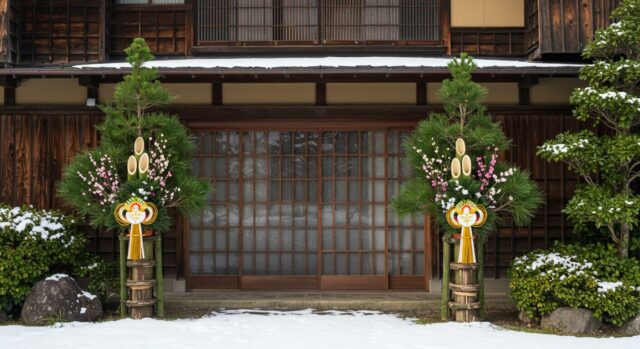

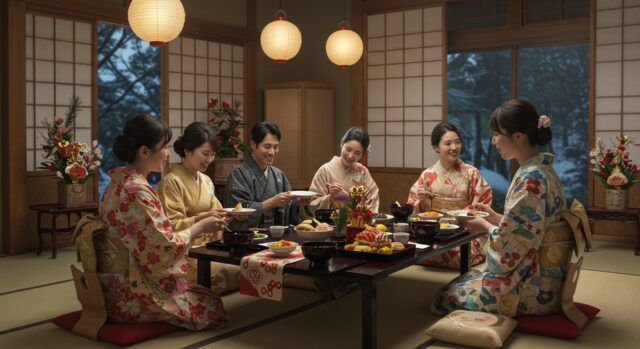

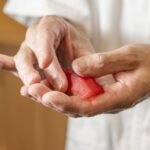
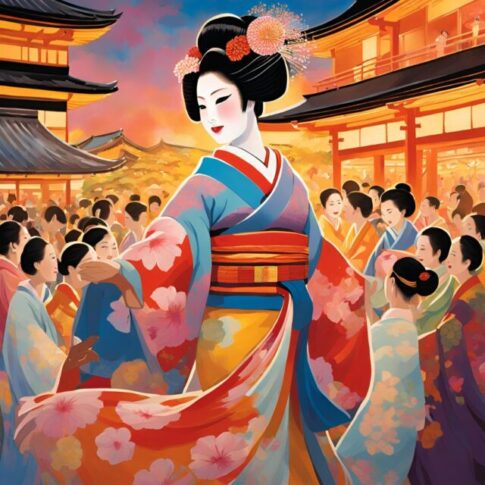


!["A huge trend!!" From Japan! The latest ways to pull eyeliner you want to try right now [Beloved Line, Anime Line, etc.]](https://kawaraban.jp/wp-content/uploads/2025/02/image_fx_-54-485x264.jpg)


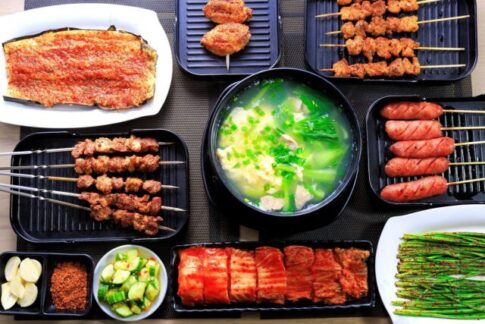

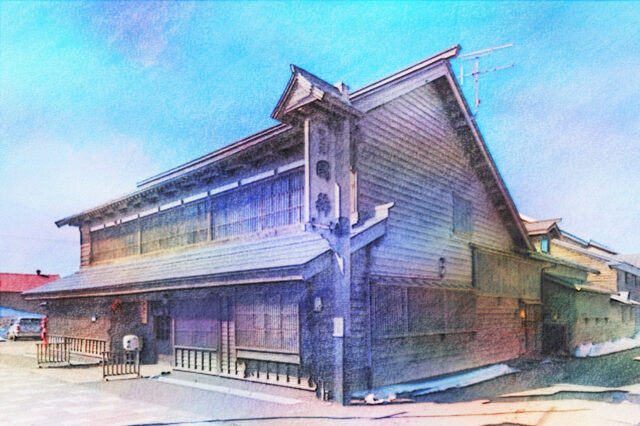
![[recommendation]Hiroshima is a sacred place for "sea trips"! A trip to "totono" along with sightseeing](https://kawaraban.jp/wp-content/uploads/2025/02/7acfa081-53e8-4377-b295-ef4cccca1b2a-x2-485x243.jpg)
![[Why Japanese convenience store beer attracts foreigners]](https://kawaraban.jp/wp-content/uploads/2025/02/konnbinibi-rudekannpai-485x485.webp)
![[Shocking] What is Decotra? The world is paying attention to Japan's "running neon art"!](https://kawaraban.jp/wp-content/uploads/2025/02/image_fx_-94-485x264.jpg)

![[The door to the future opens!] Osaka Expo 2025]](https://kawaraban.jp/wp-content/uploads/2025/02/Expo-1-485x264.jpg)

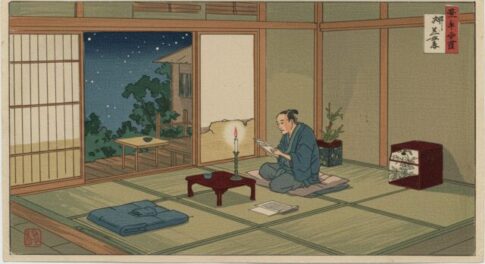



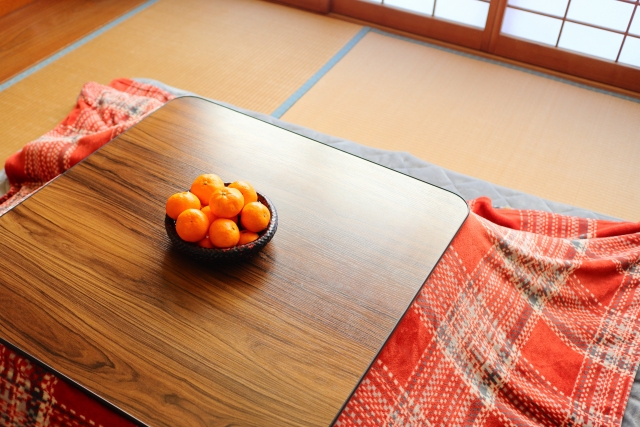


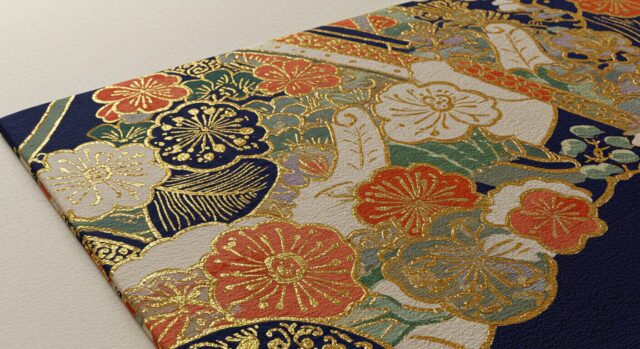
![[The Phantom Horse] Tokino Minor - A tragic racehorse that left an undefeated legend](https://kawaraban.jp/wp-content/uploads/2025/02/Tokinomyl-24-485x264.jpg)




Leave a Reply